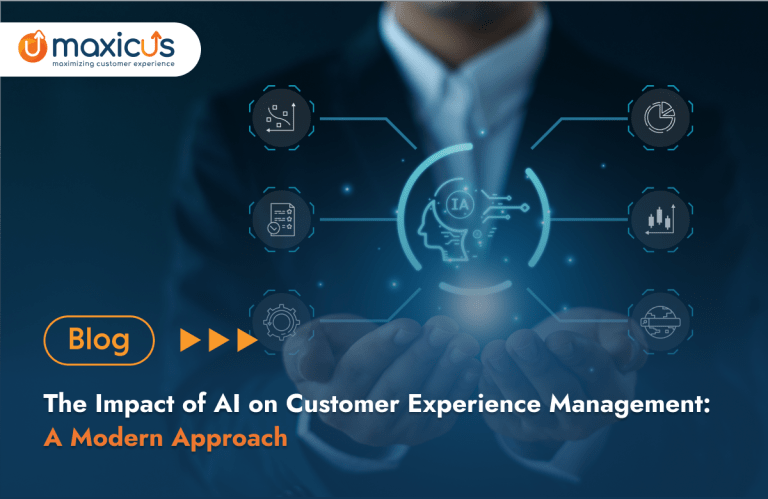How is Phygital changing the Retail Industry?
The retail industry has evolved in the post-pandemic world. Both e-commerce and traditional retail segments are finding relevance in using each other and creating a phygital retail model for the consumer. While traditional retail companies are looking at establishing a solid online presence, many e-commerce brands are finding value in setting up offline stores to provide a better retail customer experience.
Be it grocery or luxury retail, it is critical to realize that the consumer is more demanding than ever before, and retailers need to respond to the changing consumer behavior.
For instance, according to a study, customers are spending less time in the store but are spending more money than before. This indicates that customers are spending time looking through products online and visiting the stores for actual purchases.
Phygital – A Definitive Guide
What Is Phygital Retail?
Phygital retail is a model where the best elements of the e-commerce segment are taken and integrated with traditional brick-and-mortar retail. In other words, phygital in retail is established by creating a model where digital technologies can interact with the physical element of retail and give us a physical experience.
As consumers are opting for phygital retail today, i.e., they exist in both offline and online shops, businesses must establish an effective phygital presence. For instance, many consumers like the experience of a physical store where they can touch and feel the product but at the same time, they expect the convenience and seamless experience that an e-commerce brand provides. As a result, it is logical for businesses to look at building an effective phygital retail customer experience.
How is Phygital changing the retail industry?
Phygital retail experience is expected to be an integral component of the retailer’s strategy in the coming times. Here is how phygital is changing the face of the retail industry.
Better customer experience
Multiple physical stores, online platforms, website sales, mobile applications, payment gateways, multiple delivery models, etc., have made it complicated for retail businesses to handle point-of-sale interaction with the consumer.
By opting for a phygital retail experience, the business can streamline the various POSs and create a seamless strategy that has the best of both worlds. With effective integration of technology and streamlining of operations, a business can expect to provide a better customer experience.
Powering new shopping behavior
The emergence of phygital retail is making way for new shopping behavior in the industry. Technologies like artificial intelligence, virtual reality, cashier-free stores, video commerce, deep learning, etc., are encouraging new shopping behavior among consumers.
For instance, in recent years, after the pandemic, health and safety have been the leading factors driving the buying behavior of the consumer. As a result, retailers have been integrating technology solutions that not only create a phygital retail model but also meet the demands of the consumers.
An effective response to customer demands
It is critical to realize that the phygital retail experience has largely emerged because of the evolving consumer expectations. A few years ago, retail and e-commerce were considered arch-rivals, and no one could imagine a convergence of the two segments. However, evolving consumer demands have led to an effective response to retailers in the form of the phygital retail experience. Be it smart stores, virtual personal assistants, smart trial rooms, in-store automation, or smart inventory management, many groundbreaking innovations have responded to consumer demands in the last few years.
How to Build a Phygital Retail Strategy?
Each business needs to follow a structured roadmap to build a retail phygital experience. Here are the steps that you follow to build a phygital retail strategy.
Build a phygital vision for the organization
The first step in the process is to set up a phygital vision for the organization. The vision would also make way for the technologies to be adopted for achieving that vision. It is a good idea to compare your current state, estimate the ROI, and understand the requirements. At the same time, you need to compare your phygital model with the competitors’ strategy and industry standards.
Make the ‘build or buy’ decision
The business needs to make the all-important ‘build or buy’ decision. As this decision can vary for each business, it is important to equate the value economics of building solutions in-house, managing their infrastructure, upgrades, etc., or opting to buy it from third-party experts that can be quickly deployed.
Opt for the right phygital transformation partner
Now that the foundation is ready, you should spend some time identifying the right partner for your phygital transformation, i.e., unless you choose to do everything in-house. The partner will help you realize your phygital vision and build solutions that are human-centric, empathetic, and close to the real-world experience.
worth of sales revenue for a Fortune 50 company through virtual selling
Conclusion
Building a phygital strategy is based on consumer behavior – immediacy, immersion, and interaction. The solutions built need to be available for the consumer regardless of the channel with complete involvement. At the same time, phygital can create a stronger relationship with the consumer in the competitive landscape. Building a phygital retail experience is all about responding to changing customer behavior.










